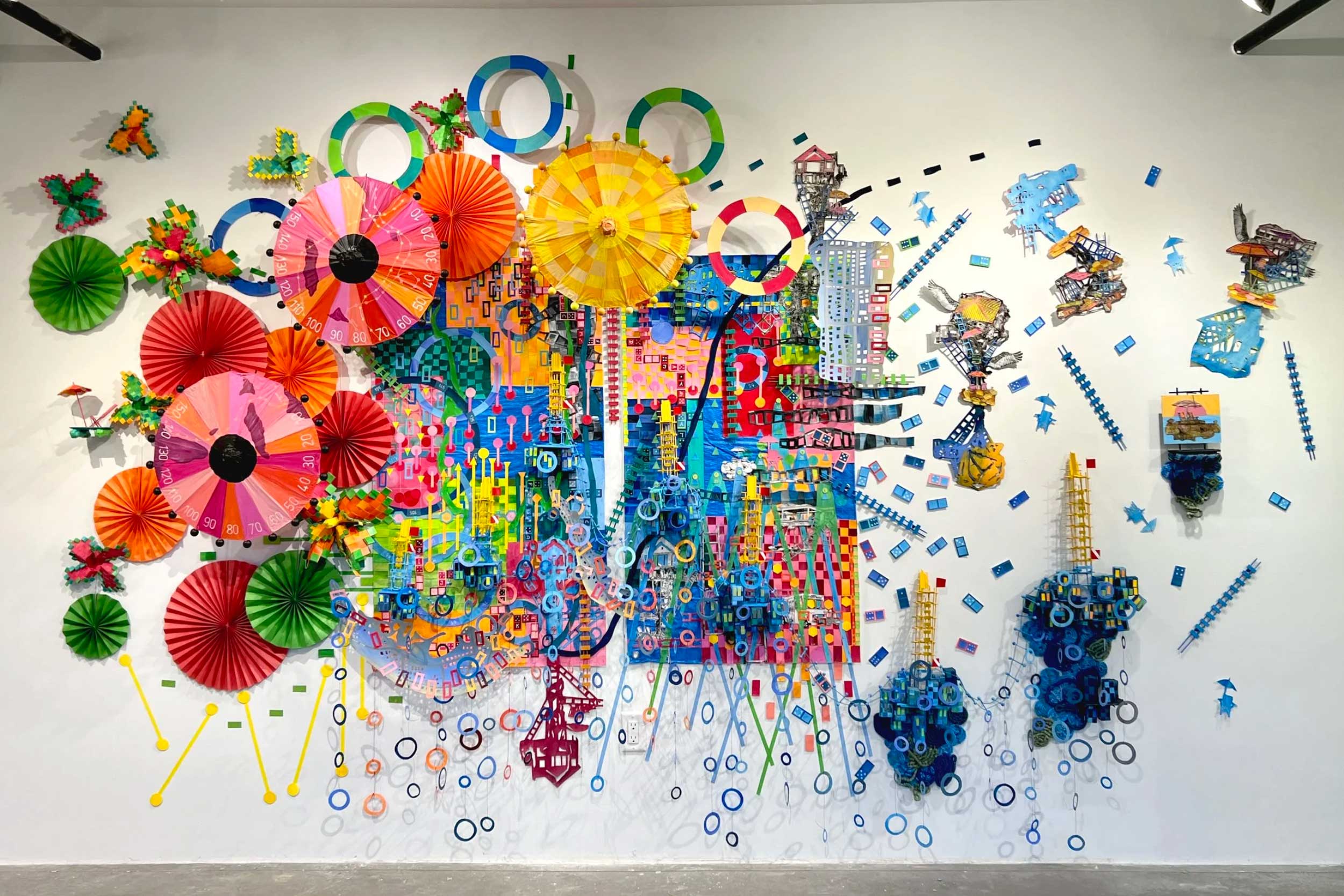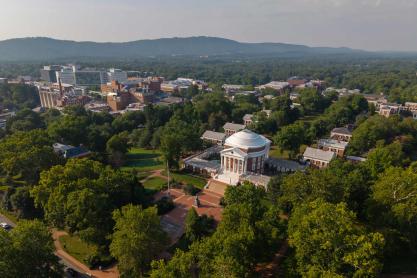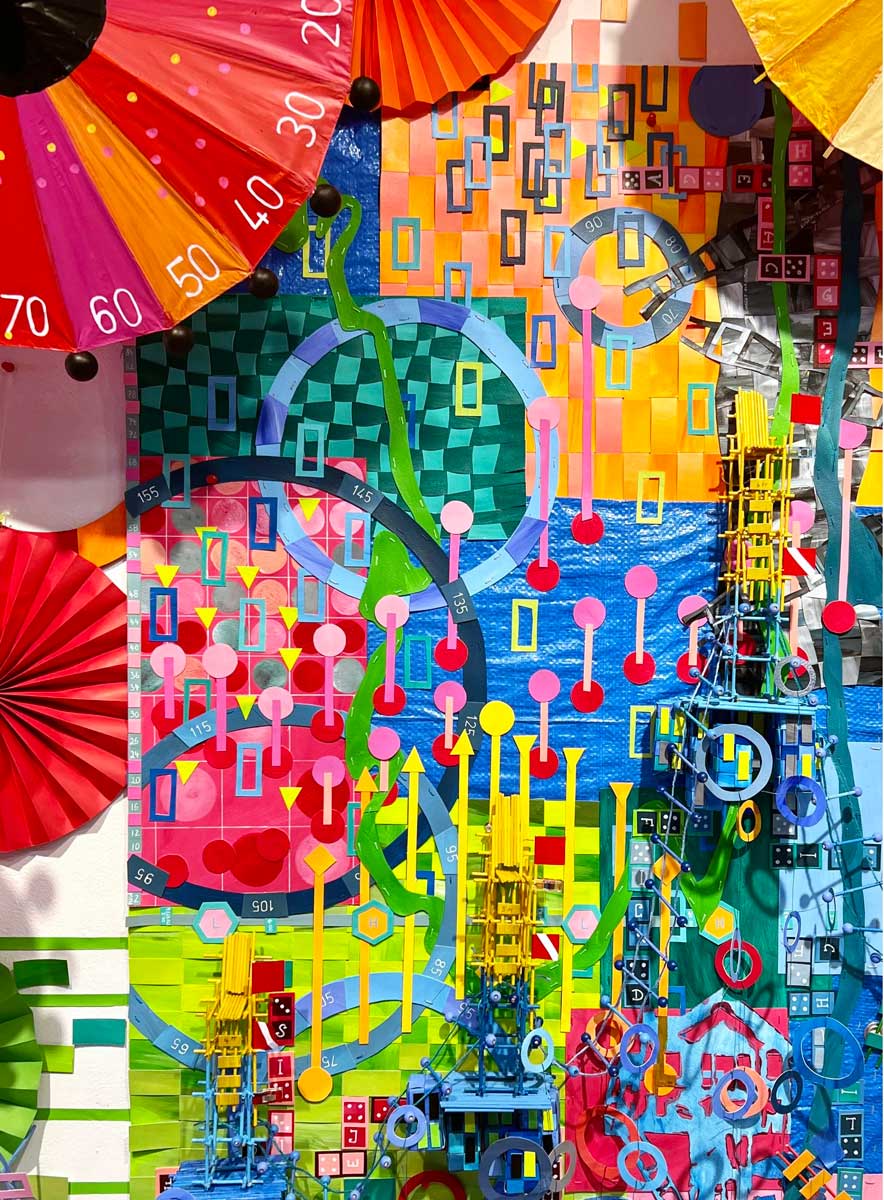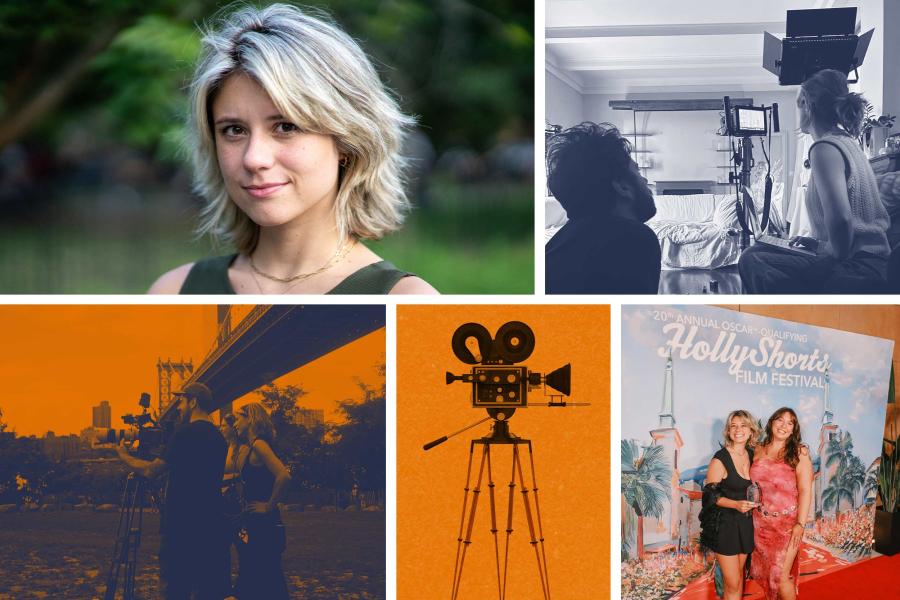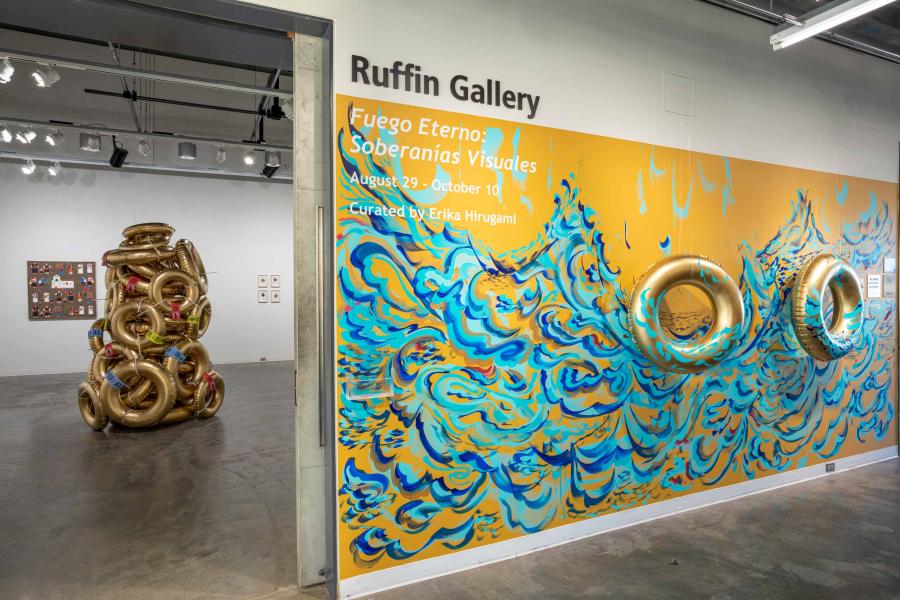For nearly 25 years, Nathalie Miebach has translated scientific data into woven sculptures, installations and musical scores. Challenging the traditional presentation of science and data, she transforms quantitative information into tactile, narrative forms.
Beginning Monday, she joins the University of Virginia’s School of Data Science as its inaugural artist-in-residence. During her weeklong residency, she will invite the UVA community to experience data in unexpected ways through a workshop, a live musical performance, classroom visits and more.
Miebach spoke with UVA Today about the upcoming events, her journey to this work and what she most looks forward to.
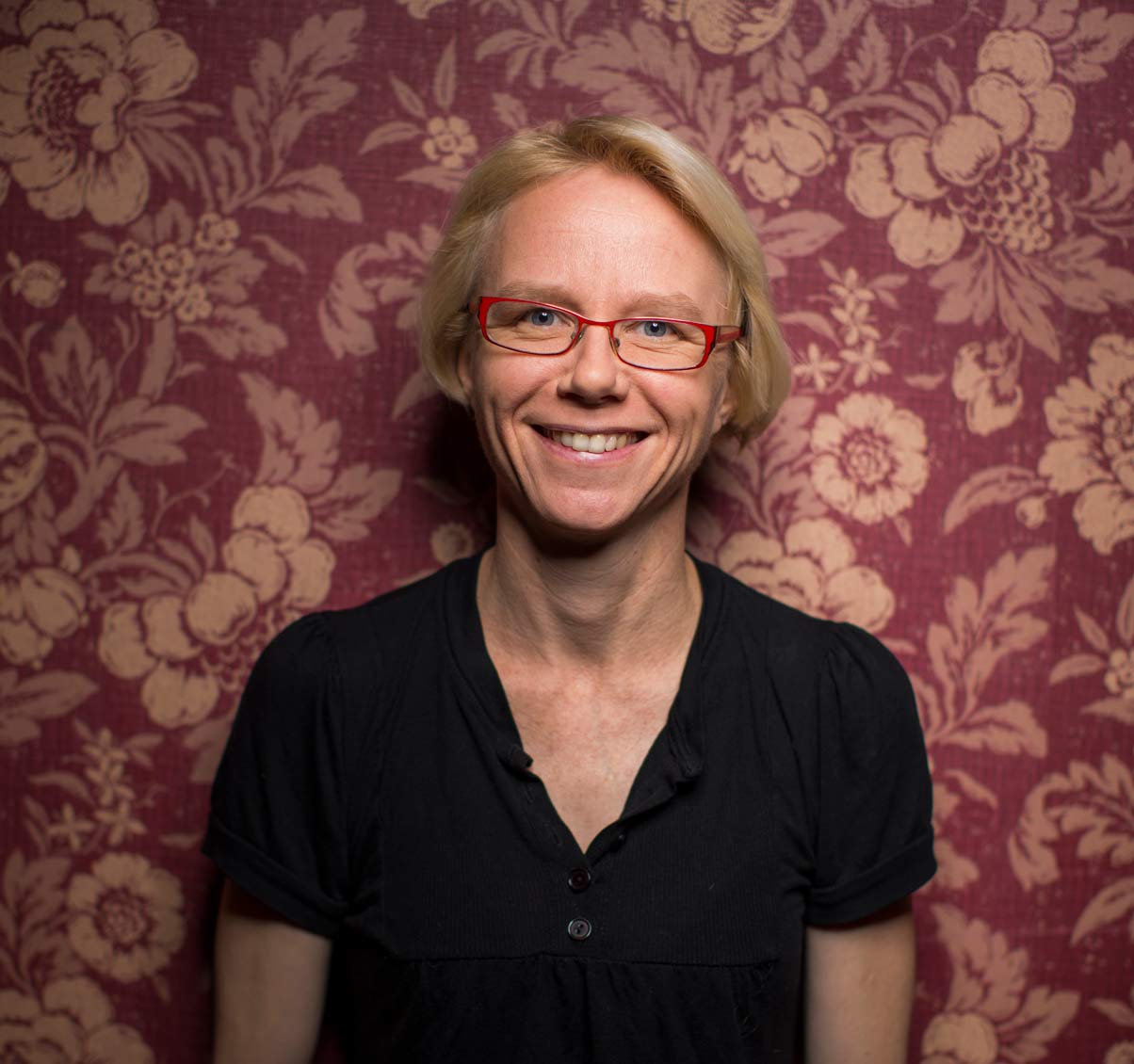
Miebach is the UVA School of Data Science’s first artist-in-residence. (Contributed photo)
Q. What led you to do the work you do?
A. I became a sculptor because of my interest in science. Like many people, I learn through my hands, by building things or taking them apart.
When I was in my 30s, I started taking night classes at Harvard University Extension School in astronomy. I found myself studying this incredible science while looking for a tactile medium to study it with. Through pure chance, I happen to be taking a basketweaving class nearby, which presented itself as the perfect medium to use. The first pieces I made were direct 3D translations of graphs from my astronomy book. From there, I went on using the weave not just as a matrix to build forms with, but actually translate data. Right from the start, it was a really great medium to address other questions I had about science.
Several years later, I switched my focus to climate change and weather. The problem with astronomy is that you get a lot of data sets that someone else has collected, cleaned up and edited. I wanted to know how collecting the data myself would change the way I think about sculpture and its role in the translation process. I focused on topics of weather and climate change because there’s so much accessible data.
After a while, I became more interested, not just so much in how weather is measured, but how we as a species respond to it. That’s when music and metaphor started to enter the translation process.
